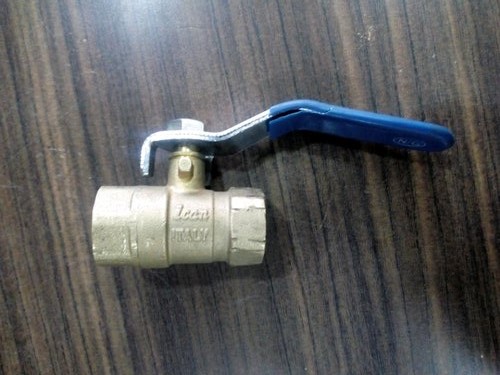Everything You Need to Know About Ball Valves
11 Jul,2020
Ball valves are designed to moderate high volumes, high temperatures and high pressures. It may be hard to believe that such a simple valve design can accomplish so much, but a closer look reveals just how efficiently and effectively this component functions.
A ball valve is a quarter-turn valve that is composed of a valve body and a “ball” that is seated in the center of the valve body and which has a port to direct flow. It also has a set of rounded seats that create a seal when the ball is in the closed position. A lever-style handle is used to turn the position of the port in the ball in order to control or shut off the flow of contents through a pipe system. Thanks to the simplicity of the design, ball valves are extremely durable and easy to repair.
One of the major benefits to using a ball valve in a pipe system is if the valve does happen to fail, it is not necessary to remove the valve from the line in order to repair it. This makes it a popular choice in closed-line systems such as oil pipelines, lines containing corrosives or chemicals and hydraulic applications.
The style of the ball valve that is required and the material that it should be composed of will be determined by the application. Some of the materials commonly used to construct ball valves include stainless steel, brass and even PVC. It is vital to let your valve supplier know what will be flowing through the ball valve before you install it in order to ensure compatibility.
